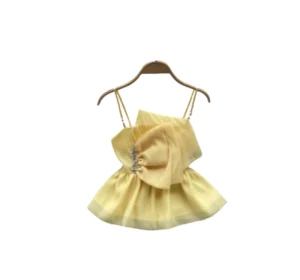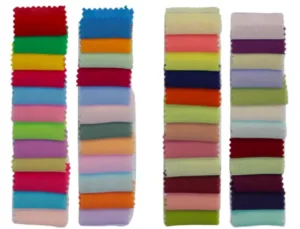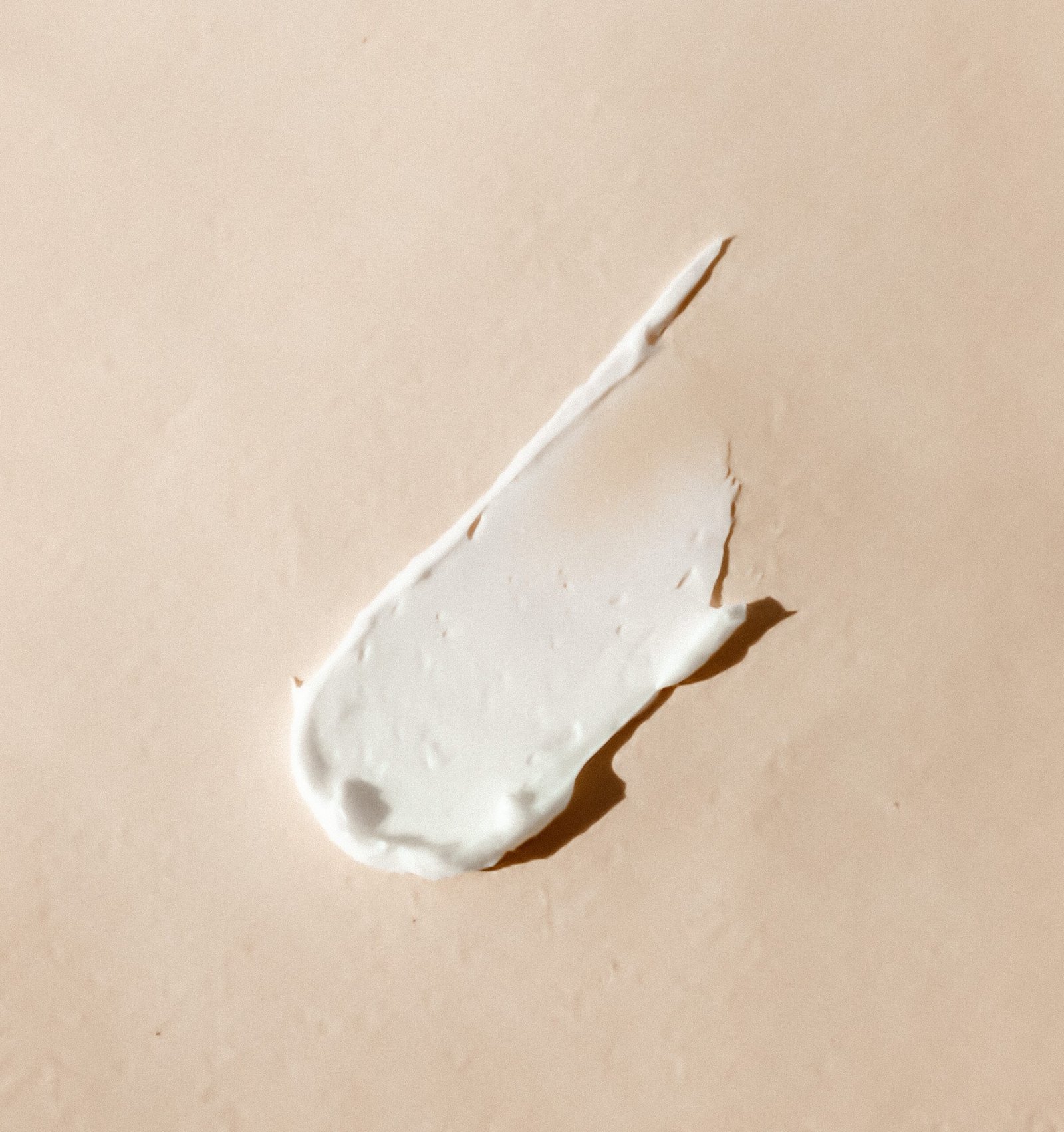
Chiffon fabric has steadily become a popular material choice in the fashion industry. Its delicate appearance combined with its comfort makes it a favoured choice for a range of outfits. But, what exactly makes chiffon a good choice and how can we take care of it? Let’s delve a little deeper into the world of chiffon.
Table of Contents
ToggleWhy Chiffon fabric Stands Out
1. Versatility in Fashion
Chiffon’s lightweight nature and subtle sheen make it suitable for both daytime and nighttime wear, be it dresses, blouses, or scarves.
2. Comfort Factor
The airy feel of chiffon, especially during the warmer months, is one of its key attributes, providing wearers with a comfortable experience.
3. Adaptable Aesthetics
Its ability to drape gracefully makes chiffon fabric a preferred choice for various clothing items, from flowy dresses to layered skirts.
4. Drapability
Chiffon’s natural drape lends itself to graceful silhouettes and flattering fits. This fabric flows beautifully, which is why it’s frequently used in evening gowns and bridal wear.
5. Durability
Despite its delicate appearance, when cared for correctly, chiffon can be remarkably durable. Synthetic chiffon, like polyester, can withstand frequent wear, making it a cost-effective choice for daily outfits.
Caring for Your Chiffon Pieces
Maintaining the elegance of chiffon requires some effort, but with the right steps, you can ensure its longevity.
Gentle Cleaning
Always opt for hand washing with cold water and a mild detergent. If using a machine, the delicate cycle is the way to go.
Drying Tips
Keep garments away from direct sunlight when air-drying. This helps in retaining their original colour and preventing premature fading.
Wrinkle Removal
Steaming is the recommended method for removing wrinkles from fabric. If you’re using an iron, always ensure it’s on a low setting and employ a protective cloth.
Storage Suggestions
Store your chiffon outfits in a cool, dry environment, preferably using garment bags to ward off potential damage or dust accumulation.
Identifying Quality in Chiffon
Being informed is key when shopping for chiffon fabric.
Texture Tells a Tale
A quality chiffon fabric should have a smooth, soft touch, steering clear of any overly synthetic feel.
Observing the Weave
A consistent and tight weave, noticeable when held against light, is a marker of good-quality chiffon.
Eco-conscious Choices with Chiffon
Chiffon fabric made from natural sources like silk has a different environmental impact compared to its synthetic counterparts such as polyester chiffon. Being aware and opting for sustainable sources can make a difference.

The Environmental Impact of Chiffon Fabric Production
Considering the increasing emphasis on sustainable fashion, it’s essential to understand the environmental aspects of chiffon fabric, especially silk chiffon.
Silk production can be resource-intensive, as it comes from the silkworm. However, advancements in sustainable farming methods have made it possible to produce silk with a reduced environmental footprint.
Synthetic chiffon, made from polyester or nylon, is derived from petroleum. This means that its production is linked to the non-renewable resource sector. On the brighter side, initiatives in recycling have seen old polyester garments repurposed, which contributes to a circular economy.
Chiffon care and benefits at a glance
| Category | Description |
|---|---|
| Definition of Chiffon Fabric | A lightweight, sheer material primarily made from silk. Synthetic versions include polyester and nylon. |
| Benefits of Chiffon Fabric | |
| Lightweight and Breathable | Makes it perfect for layering without adding bulk. |
| Sheer and Lustrous | Provides elegance and luxury; its sheen can elevate designs. |
| Versatile | Used in evening dresses, blouses, scarves, and home décor items. |
| Drapes Well | Fluidity allows it to drape beautifully, suitable for flowing garments. |
| Care Guidelines for Chiffon Fabric | |
| Gentle Wash | Hand wash using cold water; if machine washing, use delicate cycle inside a mesh laundry bag. |
| Avoid Direct Sunlight | Prevents weakening of fibers and discoloration. |
| Ironing | Use a low-heat setting with a cloth between the iron and fabric. |
| Environmental Impact of Chiffon Production | |
| Silk Chiffon | Resource-intensive, derived from silkworms. Sustainable methods are reducing its environmental footprint. |
| Synthetic Chiffon (polyester or nylon) | Derived from petroleum, linked to non-renewable resources. Recycling initiatives contribute to sustainability. |
To Wrap Up
Chiffon’s charm lies in its aesthetics and adaptability. By understanding its benefits and caring for it appropriately, you can enjoy the elegance of your garments for many years. Looking for more fabric insights? Check out other informative articles on our platform.


